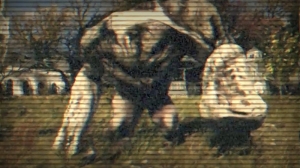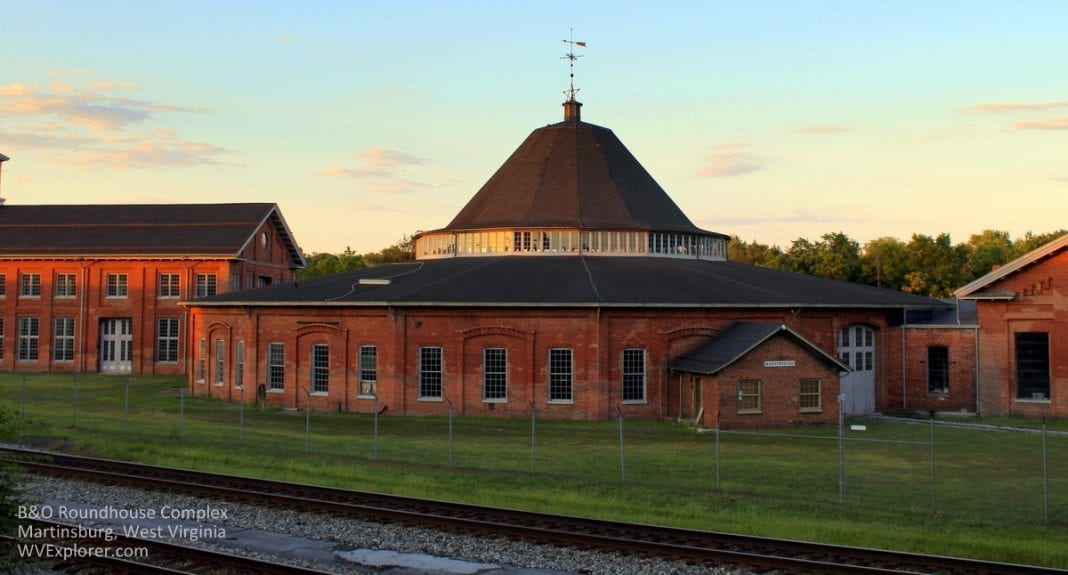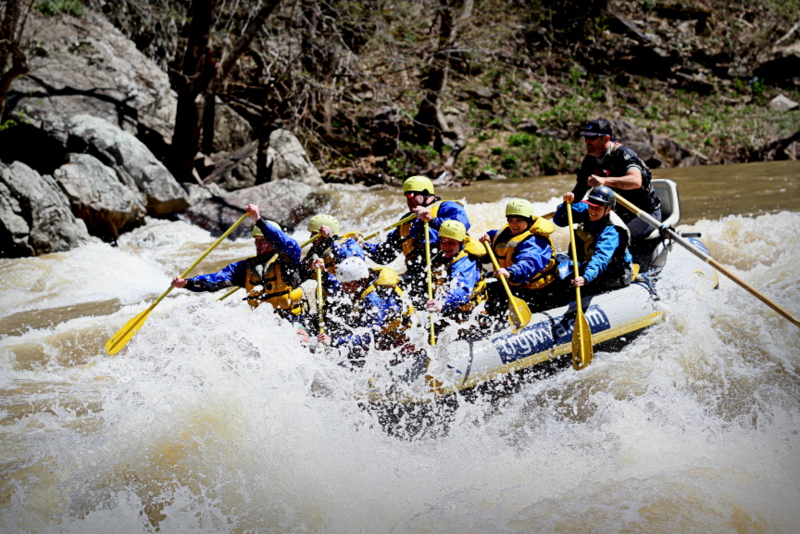Do you believe in monsters? David Sibray hasn't come clean on whether he does but admits the legend of the Grafton Monster of northern West Virginia is a subject that deserves investigation, at least where folklore is concerned.
West Virginia Explorer has released the third in a series of video interviews that regard the lore of five monsters alleged to roam the West Virginia hills — monsters also believed to inhabit the world of the Fallout 76 video game, to be released by Bethesda Softworks in November 2018.
Sibray says the tale of the beast sends chills up his spine and urges monster enthusiasts as well as any traveler looking to explore rural West Virginia to visit Grafton, the singular town in which tales of the beast were first reported after a spate of alleged sightings in the 1960s. Sibray said a visit to Grafton is worth the journey off the expressways.
"If you haven't been to Grafton, you owe yourself the trip," Sibray said in response to the release of the Grafton Monster interview.
"For one thing, it's a real shock to find monumental buildings in such a seemingly out-of-the-way locale. For another, the landscape is beautiful in a haunting way, and there's plenty to see and do."
Mother's Day was first celebrated in Grafton, and the International Mother's Day Shrine was established there. The Grafton National Cemetery is also located in Grafton, as are ornate buildings raised when the Baltimore-and-Ohio Railroad was built through the town after the Civil War.
One of the chief guides to folklore in West Virginia, the e-travel guide and West Virginia news source gained unusual notoriety after fans determined that the soon-to-be-released Fallout 76 video game included five monsters that had to popularized by the website.
For more information on the monster and other alleged beasts, follow along on the West Virginia Explorer page at Youtube or select from some of the follow stories:
- White Thing most ferocious of West Virginia monsters
- Snarly Yowl first in series video featuring W.Va. monsters
- Fallout’s “retro” imagery suited to W.Va., historian says
See also:
Sign up to receive a FREE copy of West Virginia Explorer Magazine in your email weekly. Sign me up!


